John Hurrell – 19 April, 2014
Perhaps Ward Knox's unusual drawing method confirms his title? Looking at the taut silk support that is held away from the reflecting gallery wall, the square frame could be seen as a means of diffusing the translucent image with still more penetrative light, dematerialising it even further. One possible motivation might be philosophical or religious, that the world is illusory, only surface, and its contents transient.
Presenting ten works in the whole of the Ivan Anthony Gallery, John Ward Knox displays nine oil paint drawings on stretched silk, and a ‘floppy’ neon sculpture that looks like soft cord and dangles over the top of the stairs.
Ward Knox‘s drawings of various fired plates and bowls are (as usual) incredibly crafted, appearing from a distance to be grey photographs. Made with black paint and seemingly manipulated tone achieved via saturation, they could be called ‘paintings’. ‘Drawing’ as an approximate descriptive term though gets to their manual finesse, obsession with tone and super tight control - avoiding suggestions of the gestural, spontaneous or aleatory.
So - to cut to the quick - is there any point to this work, apart from a formidable showing off of paint application dexterity? The title Breathing After Thinking after all is highly provocative. It takes a dualistic position and makes claims that the work doesn’t come from a simple love of making, or celebration of the manipulation of materials, something that for example a show like Burster Flipper Wobbler Dripper Spinner Stacker Shaker Maker - that Justin Paton last year organised for Christchurch - does.
Here are some possible supporting arguments. They are needed because if Ward Knox is a conceptual artist (these days - who isn’t?) - and not just a craftsperson (if philosophy and thinking is not a craft…) - it is not obvious. Is there any evidence of some ideational underpinning that is so important it even precedes the automatic act of breathing? Or is he just being sardonic, or simply bluffing? Going through all the de rigueur motions his generation usually do.
Perhaps his unusual drawing method confirms his title? Looking at the taut silk support that is held away from the reflecting gallery wall, the square frame could be seen as a means of diffusing the translucent image with still more penetrative light, dematerialising it even further. One possible motivation might be philosophical or religious, that the world is illusory, only surface, and its contents transient. By being positioned on rigid wooden frames the bowl images can be easily moved to be put against blindless windows so that they become fainter still with the overpowering backlight. Less solid they look evanescent. Nothing lasts for long, least of all art.
Chinaware as subject matter is also something to consider. It could have a symbolic purpose: fired and decorated ceramic containers standing for a fulfilled life, uncovered receptacles with latent potential waiting to be topped up. As in the sense of life being ‘a bowl of cherries’.
What about the images themselves? Is there something special about them?
One approach could be that their similarity with photography (despite their faint canvasy weave) brings to mind Roland Barthes and his interest in the punctum, a minor accidental detail that becomes an obsessed over, quite personally focussed feature. For example, in Harrison, with its obvious reference to the work of Michael Harrison, the young woman posing has her long hair trapped between her backside and the ornate sink she is leaning against. The wispy strands change direction under pressure. In other works, some of the rendered flatter plates have chipped edges that grate against the apparently perfect classicism of Ward Knox‘s oeuvre, and a couple of dessert bowls have subtly distorted, wobbly, swelling rims. Such idiosyncrasy holds your interest; you are enthralled by the unexpected particulars.
Ward Knox‘s method of placing modelled images - with their plasticity of rendered form - onto stretched silk that is unframed also brings technology like serigraphy to mind, as if there were some new reproductive process underway where drawn lithography is being blended with silkscreening - a humorous hybrid (without a litho stone) contrived to entertain printmakers. The format seems to contradict the fact that each image is unique and not at all reproducible. It suggests duplication and method - not end result.
Obviously this is an intriguing show to think about. If the title was Thinking After Breathing, perhaps that would create a ruckus, its matter-of-factness and putative normality so deathly dull? As if breathing and making were one.
John Hurrell
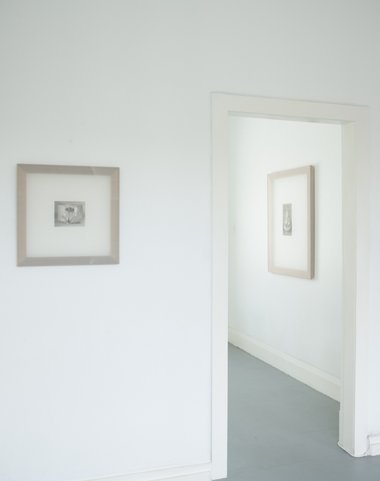
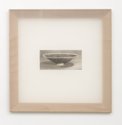
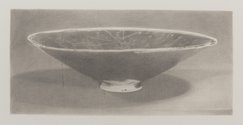
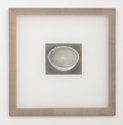


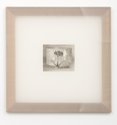
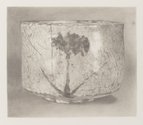

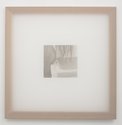
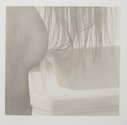
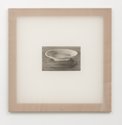
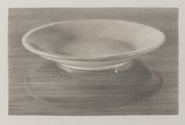

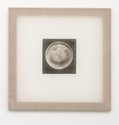
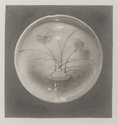
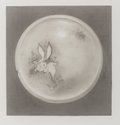
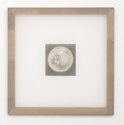
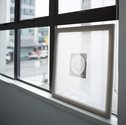

 Two Rooms presents a program of residencies and projects
Two Rooms presents a program of residencies and projects Advertising in this column
Advertising in this column



This Discussion has 0 comments.
Comment
Participate
Register to Participate.
Sign in
Sign in to an existing account.